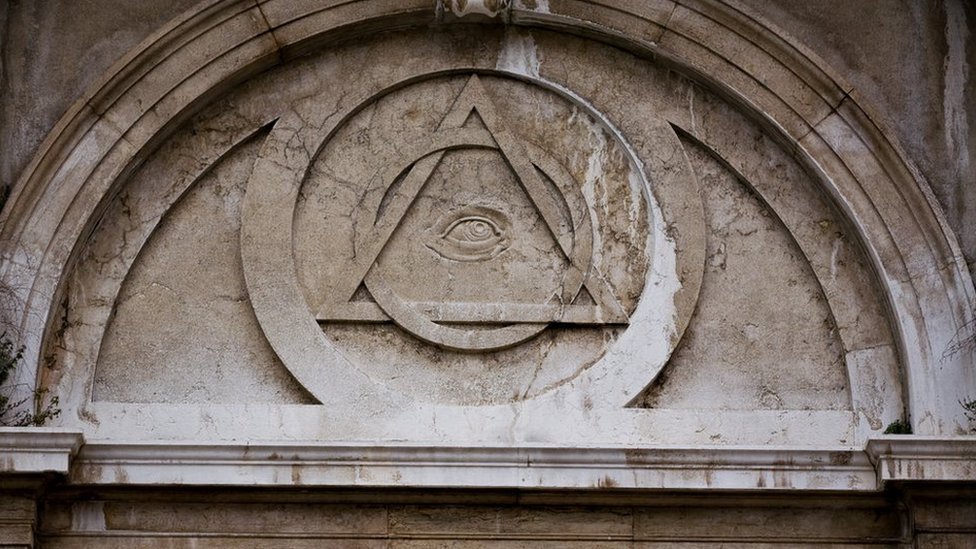Why You Should Consider the Journey to Join Freemasonin This Era
Why You Should Consider the Journey to Join Freemasonin This Era
Blog Article
Discovering the Mysteries of the Freemason: What You Need to Know
The Freemason, a term frequently shrouded in intrigue and dispute, stands for an intricate tapestry of historic reality and modern-day misconception. Established in the late 18th century, this secret society was at first rooted in the Enlightenment's suitables but has because ended up being identified with conspiracy theory concepts regarding elite control. As we navigate the origins, vital figures, and the stark contrast in between misconception and truth, one should think about how these narratives influence contemporary assumptions of power and privacy. What may be exposed through a more detailed examination of these elements can test long-held presumptions regarding the shadows that linger in our culture.
Origins of the Freemason
The beginnings of the Freemason are steeped in a blend of historic intrigue and ideological fervor. Developed in 1776 in Ingolstadt, Bavaria, by Adam Weishaupt, the team was initially created as a secret society aimed at promoting Knowledge ideals such as factor, secularism, and the splitting up of church and state. Weishaupt, a professor of canon legislation, looked for to challenge the dominating authority of the church and state, which he viewed as overbearing institutions stifling intellectual and individual freedom.
The Freemason sought to hire significant members from different social sectors, including national politics, academic community, and the arts, to foster a network devoted to these Knowledge concepts. The culture operated under a veil of secrecy, utilizing coded language and routines to protect its members from oppression, particularly offered the repressive environment of the time. However, the Freemason dealt with considerable resistance from both governmental authorities and spiritual establishments, which viewed the group as a risk to their power.
Key Figures and Members
Who were the critical figures that formed the Freemason's very early influence and direction? The Bavarian Freemason, founded in 1776 by Adam Weishaupt, arised as an action to the oppressive societal frameworks of the time.
An additional considerable figure was Johann Gottlieb Fichte, a prominent thinker whose concepts on nationalism and education resonated with the Freemason's objectives. Fichte was not an official participant, his thoughtful bases affected the group's ideology. In addition, numbers like the writer and thinker Johann Wolfgang von Goethe were connected with the broader intellectual activities of the moment, although their direct participation with the Freemason remains questioned.
These crucial figures added to the Freemason's early instructions, pushing the borders of political and social thought, while their cumulative efforts intended to challenge well-known norms and cultivate a climate of dynamic change in Europe.
Misconceptions vs. Reality
Many mistaken beliefs border the Freemason, frequently mixing reality with fiction in a way that obscures its true nature. The concept that the Freemason proceeds to apply considerable influence over world events is a misconception - how to Check Out Your URL become a freemason.
An additional prevalent myth is that the Freemason makes up a network of elite people controling global affairs. In truth, lots of conspiracy theory concepts exaggerate the group's importance, associating misguided objectives to social fads and occasions. This has led to an oversimplified view of complex problems.

Modern Analyses
Contemporary analyses of the Freemason frequently show wider social stress and anxieties and an attraction with privacy and power. This modern-day lens regularly links the Freemason with conspiracy theory concepts that recommend a surprise elite coordinates globe occasions, adjusting federal governments and economies for their very own gain. Such stories take advantage of a deep-rooted question of authority, specifically in times of situation or social turmoil.

Moreover, some modern interpretations mount the Freemason as an allegory for the intricacies of globalization and the interconnectedness of prominent individuals and organizations. This perspective encourages a critical examination of just how power characteristics operate in today's world, highlighting the equilibrium in between transparency and secrecy in administration and company methods.
Cultural Impact and Heritage
Influenced by centuries of intrigue, the social effect and legacy of the Freemason expand much beyond its historic beginnings. This secret society, developed in the late 18th century, has actually penetrated numerous elements of popular society, from literary works and film to songs and art. The idea of the Freemason has evolved right into a sign of conspiracy concepts, commonly representing a regarded concealed power controling global occasions.
In literature, writers like Dan Brown have woven the Freemason right into elaborate stories, fascinating readers with motifs of secrecy and power. Movies such as "National Treasure" and "The Da Vinci Code" better continue the attraction of the society, mixing truth with fiction to develop appealing stories.
The Freemason's influence also prolongs into music, with musicians referencing the organization to stimulate themes of disobedience and social critique. This representation has added to an attraction with the idea of private groups managing the bars of power, reflecting social anxieties regarding authority and openness.
Ultimately, the Freemason's tradition is an intricate tapestry of myth and truth, forming perceptions of privacy and control in modern discourse. Its enduring existence in society underscores humankind's seasonal quest for comprehending concealed facts.
Conclusion
The exploration of the Freemason discloses a complex interplay between historical truths and contemporary myth-making. Started in the Knowledge era, this society aimed to challenge overbearing frameworks, yet its heritage has actually been overshadowed by conspiracy theories that suggest elite adjustment. Recognizing the differences in between the original ideals and contemporary interpretations is vital for understanding the sustaining attraction with the Freemason and its substantial impact on social stories bordering power and privacy in culture.
Report this page